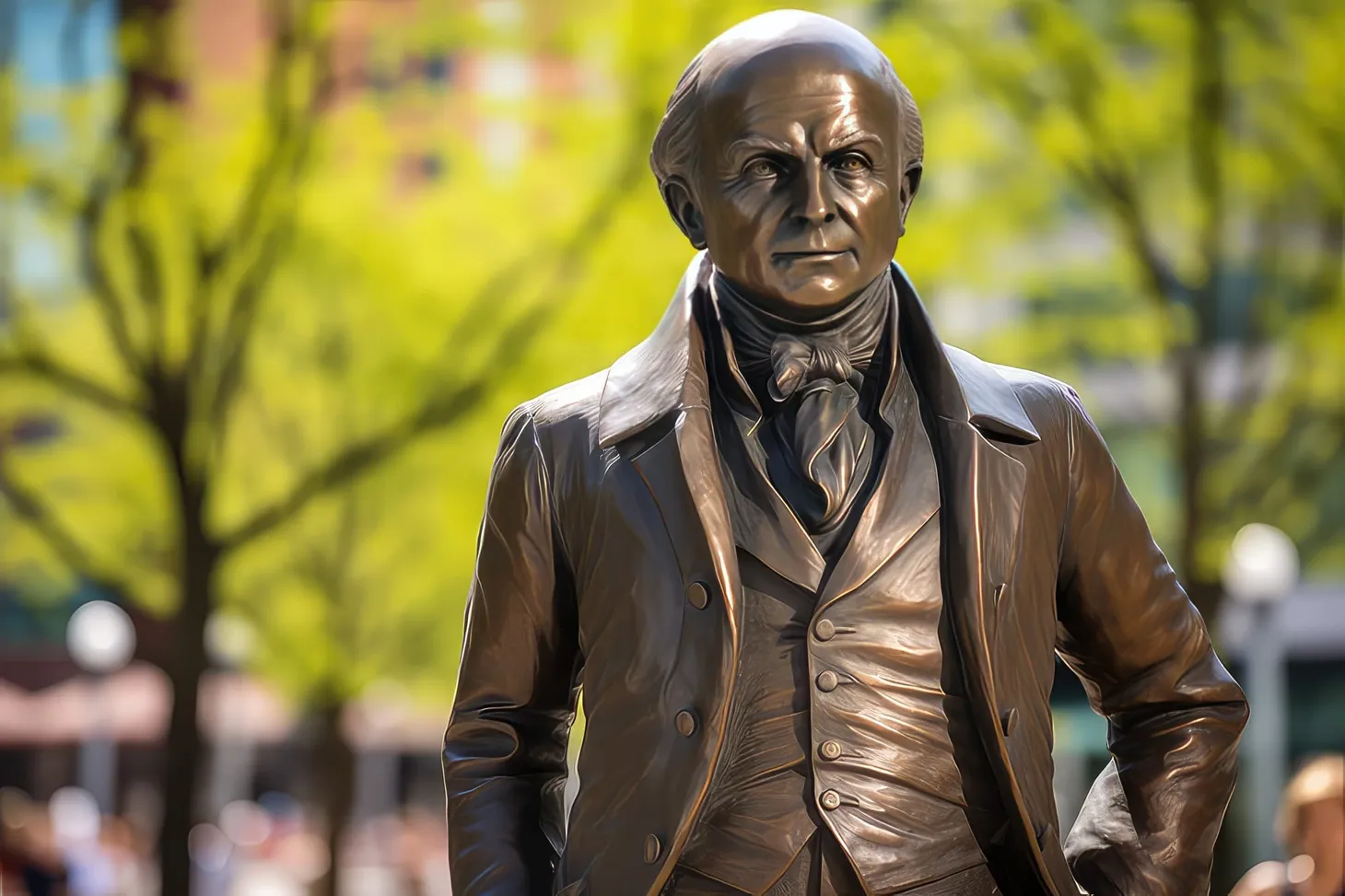3 Big Hairy Audacious Goals That Drove Game-Changing Innovations
Arnold H. Glasow would know. An entrepreneur of the Great Depression, Glasow set the goal of making everyone in America smile. And he did. He published humor magazine after humor magazine for 60 years. In fact, he was so good at it that publications like the Chicago Tribune, Forbes, and the Wall Str

Arnold H. Glasow would know. An entrepreneur of the Great Depression, Glasow set the goal of making everyone in America smile. And he did. He published humor magazine after humor magazine for 60 years. In fact, he was so good at it that publications like the Chicago Tribune, Forbes, and the Wall Street Journal cited him frequently. It took a lot of guts for a single man to make such a big hairy audacious goal, but that's exactly what it takes for innovation to occur. Whether you are the President of The United States or the founder of a small business, it takes big hairy audacious goals—or BHAGs—to create game-changing innovations.
John F. Kennedy
One of the most historic BHAGs ever set was JFK's stunning statement:
…I believe that this nation should commit itself to achieving the goal, before this decade is out, of landing a man on the Moon and returning him safely to the Earth.
Kennedy did this because he believed that, if America wanted to stay on the forefront of innovation, exploration of space was key. He realized that the nation needed this motivation and the excitement of a new, seemingly impossible goal.
In a later speech, JFK mentioned that he was not pushing for this goal because it could be easily achieved, but rather, because it was going to be extraordinarily challenging—but a challenge that America was up to.
It is important to point out that Kennedy refrained from telling people how they were going to achieve this goal. He knew to leave that up to NASA and their engineering experts. By leaving out the “how,” he was able to capture the imagination and wonder of the American public. The leader of the nation was entrusting this enormous goal to everyday Americans.
The BHAG:
To organize the world's information and make it universally accessible and useful.
Stanford University PhD students, Larry Page and Sergey Brin, first started to work on Google as their research project.
They saw a fault in the 1996 search engine systems. The conventional engine ranked its results based on how many times a search term appeared on a page. Page and Brin believed that this wasn't providing searchers with the results that they desired. So they decided to set the BHAG of organizing the world's information in a way that would make it more useful and accessible to anyone with an internet connection.
This goal of drastically and permanently changing search engines made Page and Brin realize that they needed to think differently about the way users’ searches related to the results. Because of this, they first decided to make an algorithm that would base the relevance of a website on how many pages it had and how important those pages were.
Because importance is a subjective term, Google has established themselves as a company that constantly works to tweak and improve their algorithm. They didn't find a solution and then decide to stick with it. They are always bettering it. And for this reason, they are the number one search engine in the world.
In 2014, Google became the second largest company in America, with a market capitalization of nearly $395 billion. They are one of the most innovative companies in the world, having created everything from AdSense and YouTube to Google Maps and Gmail.
SpaceX
The BHAG:
…revolutionize space technology, with the ultimate goal of enabling people to live on other planets.
The founder of SpaceX, Elon Musk, was a millionaire entrepreneur who had already had significant success with such companies as Tesla Motors and PayPal. Musk has always had the goal, with every business venture he's pursued, of bettering the way things work. And this was no different for SpaceX.
Musk believes space exploration is the future. He saw that NASA's budget was disintegrating and that the world was losing interest in space. He interpreted this as mankind regressing. So in an effort to both increase the NASA budget and regain public interest in space, Musk decided that he needed to “facilitate the transfer of people and cargo to other planets.”
This goal of revolutionized space technology has absolutely been accomplished. In 2008, SpaceX orbited the first privately funded, liquid-fueled rocket. In 2010, they launched, orbited, and recovered the first privately funded spacecraft. In 2012, they were the first private company to get a spacecraft to the I.S.S. The list goes on and on.
The next part of the goal that needs to be accomplished is sending humans to another planet. In 2016, Musk announced that their current projections show that they will be able to get a group of individuals to Mars by 2025.
Because of this BHAG, public excitement over space travel has grown. It might be difficult to make a correlation between Musk's work and a renewed energy about space, but since his investment, more movies about space have been released than in the two previous decades and 200,000 people applied to be included in a 2012 Netherland-founded one-way trip to Mars.
In addition, NASA has begun stepping up their game, both in efforts to get funding and in efforts with public-outreach. NASA has even given SpaceX multiple contracts. Monetarily, the company has also seen significant growth. In 2012, the company was only valued at $1.3 billion. By 2015, this had gone up to $12 billion.
Defining a BHAG is key to growing a company and guiding it through the treasure map of innovation. A set and achieved BHAG, in any industry, will set apart the leaders from the followers. To learn about how the law of the BHAG can help establish you as a leader in your industry, check out how I and my team can help.
Phil McKinney Newsletter
Join the newsletter to receive the latest updates in your inbox.




